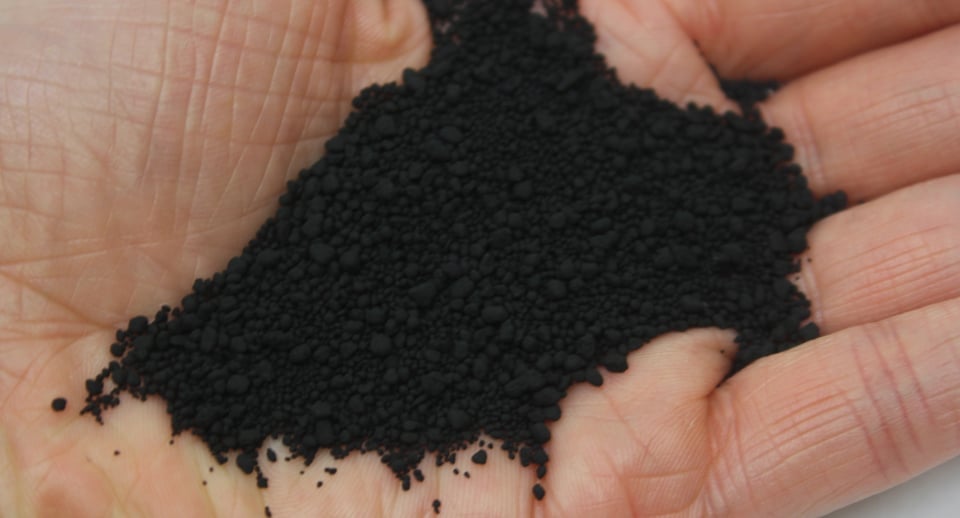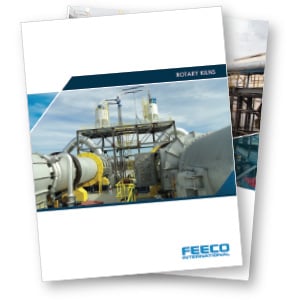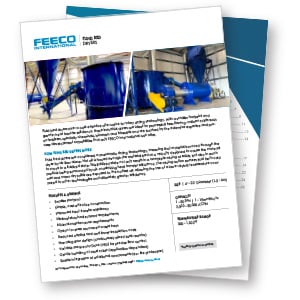BIOCHAR EQUIPMENT
Soil experts all over the world are recognizing biochar for its unique soil replenishing characteristics. With its porous surface structure and chemical properties, biochar has proven to offer a wide range of benefits to soil.
FEECO has the expertise and experience to assist you with all of your biochar processing needs.
MATERIAL PROCESSING
Pelletizing
We offer a wide variety of agglomeration equipment, including pin mixers and disc pelletizers to transform biochar into an easy to handle, granular product.
Rotary Kilns
As a leader in advanced thermal processing systems, FEECO provides custom rotary kilns for the production of biochar from a variety of sources, including:
- Coconut husks
- Coal
- Wood chips and other wood residuals
- Crop residues
Sometimes referred to as torrefaction, the pyrolysis of biomass into a high quality biochar product is a technical endeavor, requiring advanced knowledge of thermal processing principles.
FEECO process experts can work with you to design a rotary kiln around your unique source of material.
Fluid Bed Dryers
FEECO fluid bed dryers offer a cost-effective option for moisture reduction of biochar feed materials.
BULK MATERIAL HANDLING
FEECO offers a variety of bulk material handling equipment to transport biochar around the processing facility. From bucket elevators and steep incline conveyors for vertical transport, to troughed belt conveyors and reversing shuttle conveyors, FEECO offers a wide variety of custom bulk material handling equipment.
FEECO handling equipment can also be equipped with a variety of equipment to increase the flexibility of the system, including belt trippers and plows, as well as belt feeders.
PLANT AND PILOT SCALE PROCESS TESTING AND DESIGN
The FEECO Innovation Center is a unique testing facility where we can test your material to determine the feasibility of your intended process, as well as define process variables and gather valuable data points necessary for scale-up.
The FEECO Innovation Center is well-equipped to suit a wide range of testing needs, from agglomeration to high temperature thermal processing, as well as continuous process loops integrating multiple testing methods.
We offer comprehensive testing services in four categories:
Feasibility/Proof of Concept: An initial, non-witnessed batch testing phase in which the possibility of creating a product is explored.
Proof of Product: A more in-depth batch testing phase in which more time is spent determining whether a product can be made to desired specifications.
Proof of Process: A continuous testing phase that aims to establish the equipment setup and parameters required for continuous production of your specific material.
Process/Product Optimization: An in-depth study to optimize your specific material’s characteristics and/or production parameters in an industrial setting.
Learn more about the Innovation Center >>
PARTS & SERVICE
FEECO provides a comprehensive offering of parts and service to keep your equipment running its best for years to come. This includes a variety of field services, process and equipment audits, spare parts, and more.
RESOURCES
BIOCHAR ARTICLES
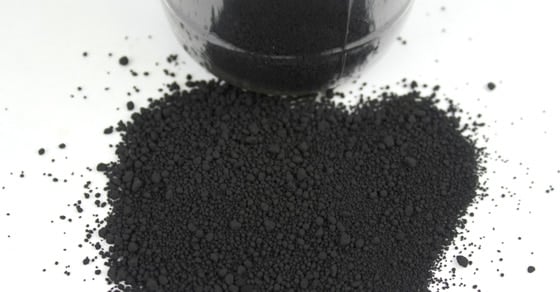
Biochar Process & Product Development in the Innovation Center
Biochar is continuing to make a name for itself in a myriad of industries, with new applications making headlines all the …
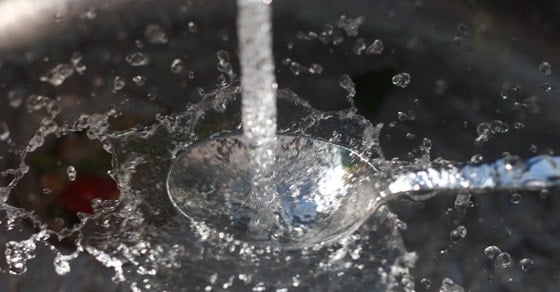
Biochar: An Effective Solution for the Removal of Pharmaceuticals from Water
Water quality and the ability to maximize reuse applications continues to become a concern at the forefront of sustainability amidst a …

